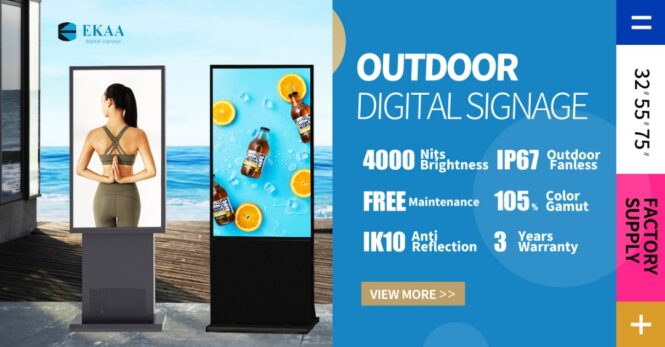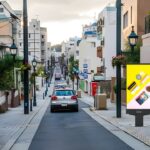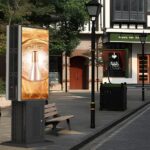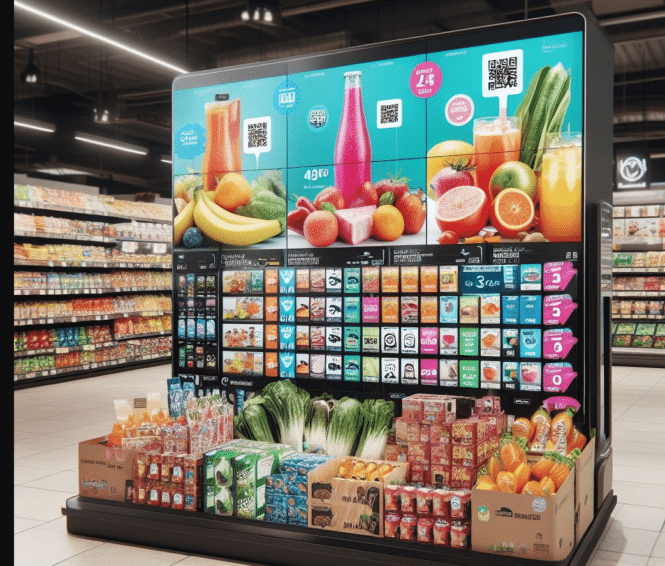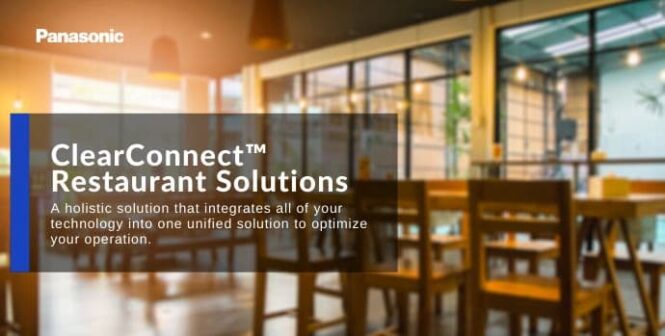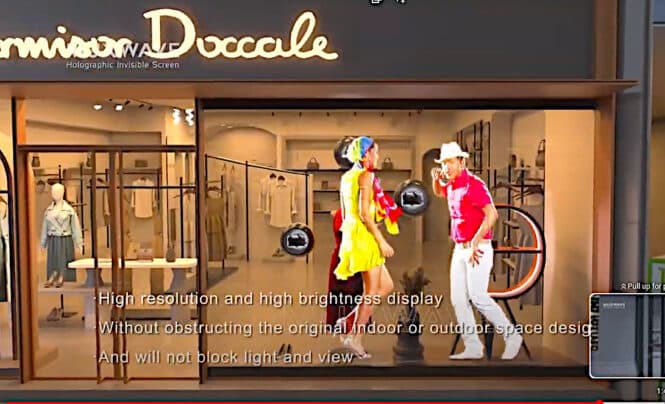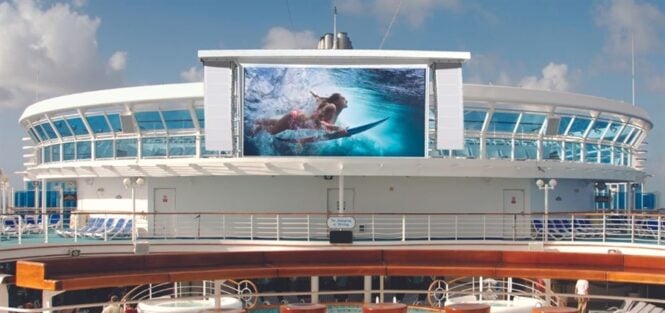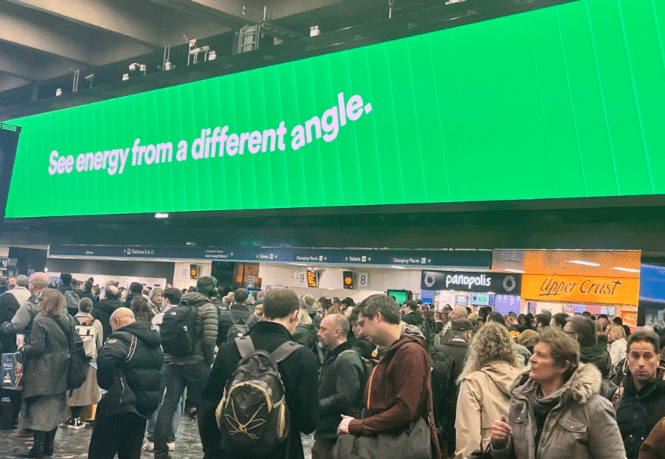In the fast-paced world of retail, staying ahead of the curve is essential for success. As technology continues to reshape how we shop and interact with brands, innovative solutions like digital endcaps have emerged as a potential game-changer in in-store advertising. In this blog post, we’ll delve into the exciting possibilities digital endcaps offer for retailers, exploring their potential to transform the customer experience, boost sales, and pave the way for the future of in-store advertising. Join us as we uncover how this cutting-edge technology reshapes the retail landscape.
What are digital endcaps?
Digital endcaps are dynamic display screens strategically positioned at the end of an aisle or shelf within a grocery store or other retail store, making them a high-traffic focal point for shoppers. Retail end caps enhance the in-store experience by transforming product displays, and creating impactful points of purchase.
Imagine walking through your favorite store, seeing new products down every aisle without going through the congestion, or using a touchscreen to find your everyday essentials.
Unlike their static counterparts, digital endcaps can showcase a wide range of multimedia content, including videos, animations, high-resolution images, and audio. This dynamic nature allows retailers to deliver engaging and visually compelling promotional messages to customers. Additionally, some digital endcaps offer interactive features, enabling customers to interact with content, access product information, and even make purchasing decisions directly from the display. As a result, digital endcaps have become a versatile and effective tool for boosting sales, enhancing the shopping experience, and capturing the attention of today’s tech-savvy consumers.
Why make the switch to digital?
According to an article by the Harvard Business Review, the past few years have inundated shoppers with uncertain and chaotic external forces, impacting what people value and what products are essential to them. In fact, “in an Accenture survey of 25,000 global consumers, released in July 2022, 60% of them [said] their priorities are changing based on global events. Nearly the same number say they’ve completely reassessed their life purpose and values in 2022, up from 50% in 2021.” And shoppers feel like businesses need to keep up. Nearly 2/3rds of shoppers feel companies need to respond faster to their changing needs.
But how can they? Changing out traditional endcaps can be time-consuming and resource-intensive for businesses. It often requires a dedicated team to physically remove existing displays, replace them with new ones, and update signage and product placements. This process can disrupt store operations and consume valuable employee hours otherwise spent on critical tasks.
The answer? Going digital.
Digital endcaps offer a streamlined solution, allowing quick and effortless content updates without extensive labor or physical changes. This efficiency saves time and resources and enables businesses to respond rapidly to changing marketing strategies and customer demands, ultimately improving overall operational efficiency and flexibility.
With today’s rapidly changing customers, adopting digital endcaps over traditional end cap displays can help businesses meet the evolving expectations of modern consumers. Shoppers are increasingly seeking enhanced shopping experiences characterized by connection, clarity, convenience, and easy access to information. Digital endcaps offer precisely that.
These dynamic displays provide an interactive and engaging platform that allows consumers to effortlessly access comprehensive product details, special promotions, and related information. Shoppers are no longer left to decipher static signs; they can navigate, explore, and make informed decisions right at the endcap. By embracing digital endcaps, businesses not only cater to the desire for a more seamless and informative shopping experience but also gain a competitive edge in meeting the evolving demands of today’s tech-savvy consumers, ultimately helping to drive sales and increase customer loyalty.
Benefits of digital for businesses
Going digital has many benefits for businesses, allowing them to meet customers’ changing needs seamlessly. They offer:
More control
Digital endcaps give businesses greater control over their in-store advertising and promotional efforts. Unlike traditional static displays, digital endcaps offer the flexibility to update content in real time. For example, a fashion retailer can instantly switch from promoting winter apparel to showcasing spring collections with a few clicks, aligning their advertising with seasonal trends and customer preferences. Furthermore, businesses can gather data on customer interactions with the digital endcaps, enabling them to make data-driven decisions, refine their marketing strategies, and tailor promotions to specific demographics or locations, ultimately giving them more control over their marketing efforts and maximizing their return on investment.
More creativity
Digital endcaps open up new creative possibilities for businesses to engage customers. For instance, in a grocery store, a digital endcap can display product promotions and provide interactive recipe suggestions, helping shoppers envision delicious meals using the items in their carts. This dynamic marketing approach not only showcases product versatility but also adds an element of creativity and utility to the shopping experience. Businesses can experiment with multimedia content and eye-catching displays, from videos to animations, to convey their messaging in innovative and captivating ways, harnessing the power of creativity to leave a lasting impression on consumers.
Increased flexibility
Digital endcaps offer unparalleled flexibility to businesses and a constantly refreshing experience for consumers. Unlike traditional static signage that requires manual updates, digital endcaps are easily updated with minimal effort. This flexibility empowers business owners to quickly and seamlessly update their displays to showcase new products, promotions, or ideas, keeping the shopping environment dynamic and engaging. For consumers, this means they can regularly encounter fresh content and discover new products or offers, enhancing their overall shopping experience and encouraging repeat visits. This adaptability ensures businesses remain agile and responsive to market trends while providing customers with a more exciting shopping journey.
Less work
One remarkable aspect of digital endcaps is that they eliminate the necessity for physically stocking the promoted products on display. Instead, businesses can showcase products virtually, providing customers with a lifelike representation without inventory management. This opens up new opportunities for companies to present a broader range of products and variations, even those with limited physical stock, while allowing customers to explore and interact with them. Digital endcaps save valuable retail space and simplify inventory logistics, offering a more efficient and cost-effective approach to product promotion and presentation.
More shelving space
Digital endcaps offer the advantage of taking up significantly less physical space within a retail environment. Unlike traditional endcap displays that occupy valuable shelf and aisle space, digital endcaps are sleek and discreet. This space-saving feature allows retailers to maximize their available shelving space, ensuring that a wider variety of products can be showcased and readily accessible to customers. In essence, digital endcaps enable businesses to efficiently utilize their retail space, creating a win-win situation where they can provide shoppers with more options and enhance the overall shopping experience.
Tips on implementation
Looking to place digital endcaps in your store? Here are some tips to help you make the most of your new technology.
Be strategic
Strategic digital endcap placement within a store maximizes its impact and effectiveness. The location of digital endcaps plays a pivotal role in catching shoppers’ attention and driving engagement. Placing them in high-traffic areas, such as near entrances or popular product categories, ensures a significant portion of the customer base sees them. Additionally, aligning digital endcaps with the overall store layout and shopper flow can guide customers to specific promotions or products, increasing the likelihood of conversions. Careful placement also allows retailers to target particular customer demographics or highlight seasonal offers, tailoring the messaging to align with shopper preferences and behaviors.
Be engaging
Digital endcaps in stores should be engaging because they serve as an opportunity to capture and hold shoppers’ attention in a crowded retail environment. With the modern consumer’s increasingly short attention span, engaging content on digital endcaps can effectively communicate messages, promote products, and convey brand personality. Engaging displays create a memorable shopping experience that keeps customers interested and encourages them to interact with the content. This interactivity can lead to higher levels of customer engagement, a deeper connection with the brand, and, ultimately, increased sales. In today’s competitive retail landscape, an engaging digital endcap can be the difference between a shopper passing by and customer being captivated by the message and making a purchase.
Keep it fresh
Digital endcaps in stores should feature fresh content regularly to maintain their appeal to customers. By changing the endcap content periodically, retailers can keep the displays exciting and engaging, preventing shoppers from becoming accustomed to a static message. Fresh content holds customers’ attention and encourages them to visit repeatedly to see what’s new and exciting. This practice helps to reinforce brand awareness, as customers associate the store with dynamic and up-to-date messaging, ultimately enhancing customer loyalty and driving foot traffic to the store. In a fast-paced retail landscape, the freshness of digital endcap content is a vital strategy to ensure that customers remain captivated and eager to explore what’s on offer.
Interactive is key
Digital endcaps in stores should embrace interactivity as it allows for a more personalized and engaging shopping experience. By incorporating touchscreens or QR codes, customers can actively interact with the endcap, explore product details, view videos, or access additional information. This interaction empowers customers to make informed purchasing decisions and fosters a stronger connection with the brand. Shoppers appreciate the ability to engage with content in a way that aligns with their preferences and needs, making the overall shopping experience more memorable and satisfying.
Optimize product placement
Optimizing product placement on digital endcaps in stores is crucial for capturing customer attention and boosting sales. By thoughtfully organizing the display, retailers can make the shopping experience more convenient and engaging. Placing promoted items in the bottom section of the display ensures easy access for customers, encouraging them to pick up and examine the featured products. Strategic product placement maximizes visibility and guides customers’ attention towards the most prominently featured items, increasing the likelihood of purchase and ultimately driving sales.
Partner with Keyser today
Digital endcaps are the future of in-store advertising, offering businesses a dynamic and engaging way to captivate customers and boost sales. With the flexibility to deliver fresh and interactive content, these displays transform the shopping experience.
At Keyser, we specialize in digital endcap displays, offering various indoor digital signage solutions tailored to your needs. Our offerings cater to diverse requirements, from customizable screen sizes to different mounting configurations and optional touchscreen functionality. We provide seamless communication options, including WiFi, cellular, Bluetooth, and NFC, ensuring your digital endcaps are visually striking and technologically advanced. Take advantage of the incredible possibilities digital endcaps offer for your business. Contact our sales team at Keyser today for more information on implementing these cutting-edge displays and enhancing your in-store advertising strategy.
More Posts





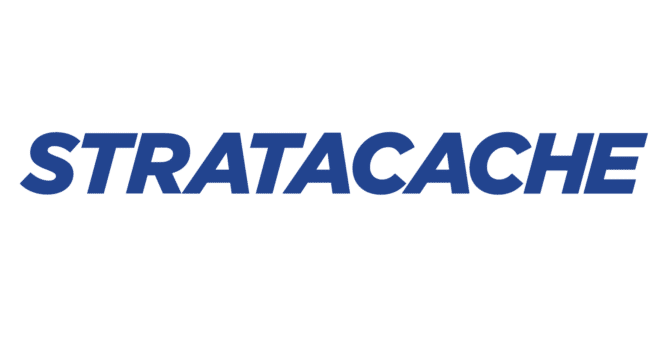
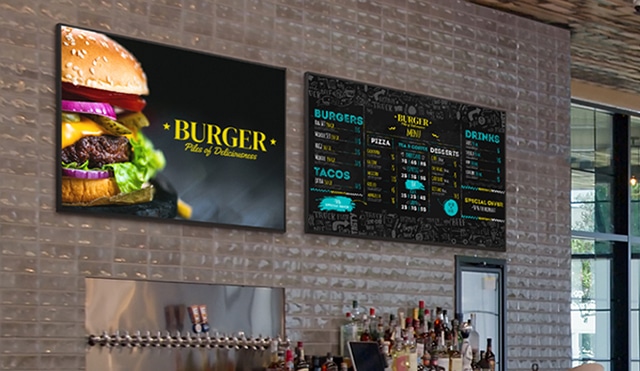
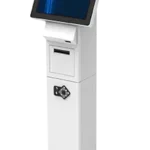
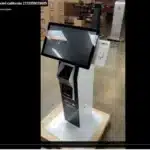




















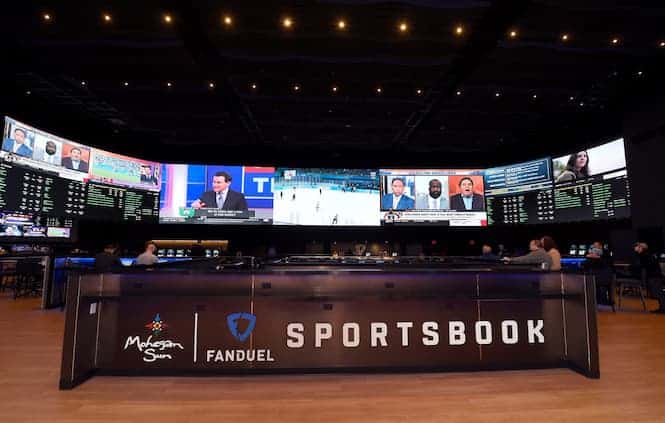



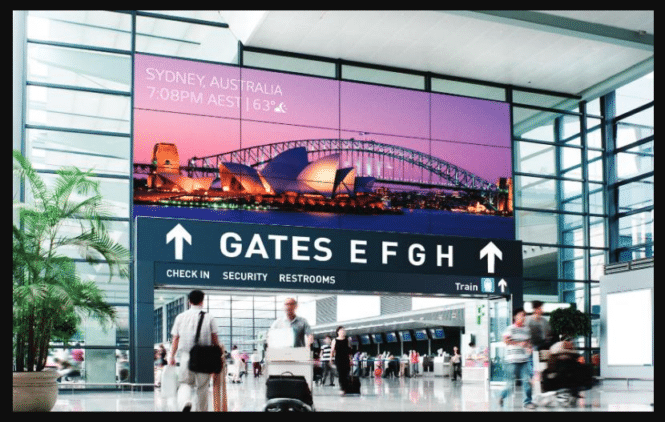




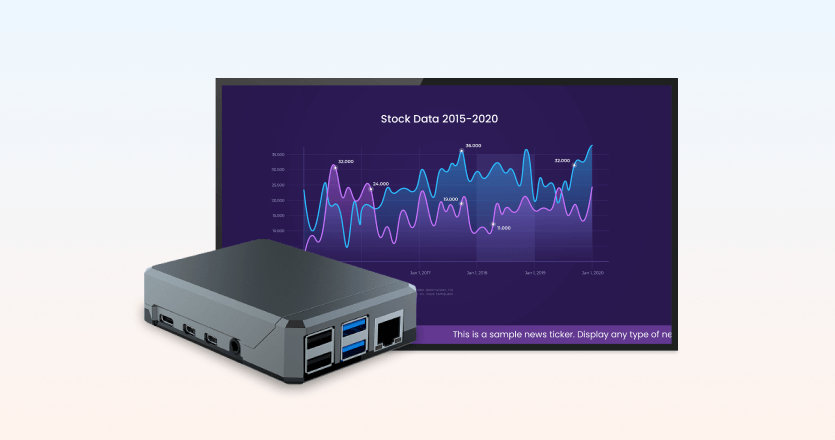


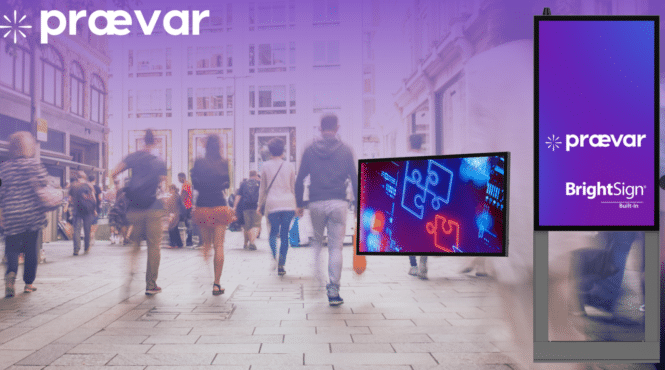




.jpg)
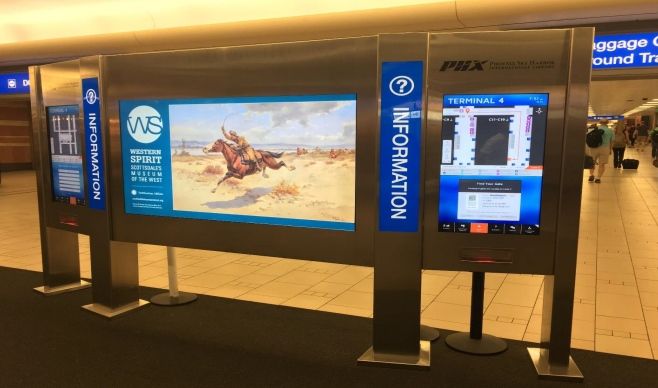
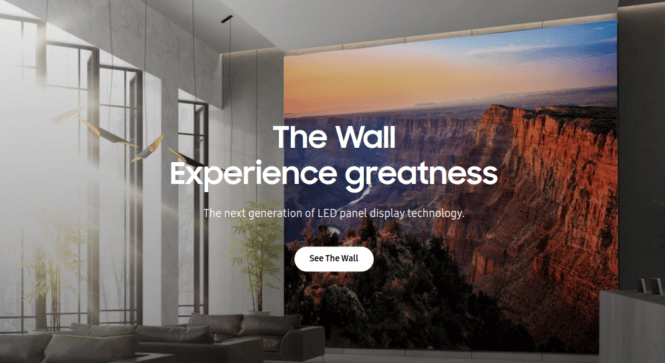
 It almost seems a little silly writing up a profile on a company that has been part of the industry since it got a name, as
It almost seems a little silly writing up a profile on a company that has been part of the industry since it got a name, as 